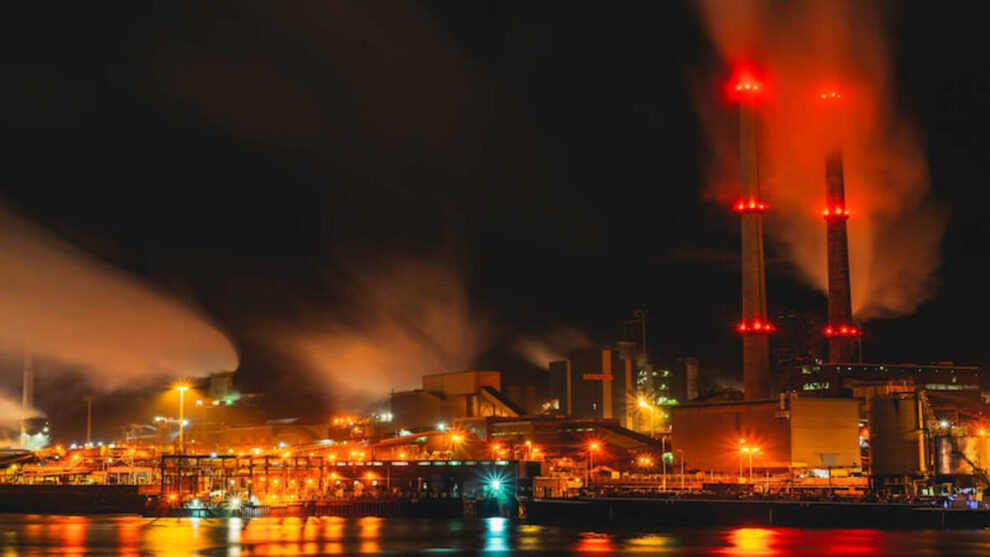One of the EU’s longstanding global goals has been climate action, yet since the Ukraine war began there also has been a huge new political emphasis on delivering energy security.
Energy security is defined by the International Energy Agency as the uninterrupted availability of energy sources at an affordable price. Energy security has multiple aspects. Long-term energy security mainly deals with timely investments to supply energy in line with economic developments and environmental needs, while short-term energy security focuses on the ability of the energy system to react promptly to sudden changes in the supply-demand balance.
For Europe, embracing this agenda has required a huge pivot away from Russian energy. Russia is no longer the main gas supplier to the EU, with its exports via pipeline to EU customers falling off a cliff from almost 146 billion cubic meters (bcm) in 2021 to around 61 bcm in 2022. Moreover, in the first five months of 2023, Russian gas exports fell further to only 10 bcm.
Correspondingly, the EU 27 have embarked on a challenging pathway to diversify toward new energy sources. As set out in the RePowerEU strategy released last year, this has been achieved, in part, by rapidly scaling up use of clean energy.
However much the EU has an appetite for clean energy, this cannot get close to meeting the continent’s needs — yet. So, there has also been a large amount of effort put into agreeing deals with a wide array of nations, as detailed in the European Council on Foreign Relations Energy Deals Tracker, which was most recently updated last month.
The EU has an appetite for clean energy, but this cannot get close to meeting its needs — yet
Andrew Hammond
The tracker shows that the EU 27 have, in the first 18 months, been focused mainly on securing new gas supplies as a transitional energy source in the long-term movement toward clean energies. A substantial chunk of the agreements that have been struck since 2022 relate to gas or liquefied natural gas.
The latest ECFR tracker also shows the geographical spread of countries with which European nations have signed new deals. Of around 120 new agreements between March 2022 and August 2023, the leading counterparties are the US (21) and the UAE (21), followed by Azerbaijan (10), Norway (nine), Algeria (nine), Qatar (eight), Serbia (five), Egypt (five), Saudi Arabia (four), and Japan, Israel, Namibia, Georgia, Angola, Namibia and Libya (all with two). A much wider collection of nations signed a single deal with the EU 27.
Breaking this long list down into regions, it is noteworthy that the Middle East is by far the region that has signed the largest number of deals since March 2022. More than one-third of such agreements were inked with Middle Eastern nations, with the UAE leading the way.
Flipping this analysis, the EU powers that have signed these agreements are also interesting to focus on. By far the largest is Germany (27), which is perhaps unsurprising given that it is the bloc’s largest economy, and imported the most Russian gas before the outbreak of the war, but is not now receiving any Russian gas via pipeline.
Following on the heels of Germany are Italy (18), Hungary (14), Brussels negotiating EU-wide deals (11), Greece (eight), France (six), Poland (six), Romania (four), Latvia (four), Austria (four), Bulgaria (four), Slovakia (three), Belgium (two), Czech Republic (two), Netherlands (two) and Estonia (two). Five nations have signed one deal: Spain, Slovenia, Portugal, Lithuania and Finland.
EU nations will need to invest more in clean energy infrastructure if they are to decarbonize their economies
Andrew Hammond
This frenetic European energy diplomacy over the past 18 months has gone a long way to help deliver energy security for the bloc. However, the tracker indicates that this success will complicate the EU 27’s energy transition pathway in the years to come.
In part, this is because the new gas infrastructure that has been invested in will require a medium to longer-term horizon to secure value for money. Correspondingly, EU nations will need to do much more to invest in clean energy infrastructure if they are to decarbonize their economies, sustainably, in the next decade.
Amid concern over this dilemma, the EU is seeking to enhance its climate commitments ahead of COP28. There is even a possibility that the bloc could raise its 2030 greenhouse gas reduction target from 55 percent below 1990 levels, playing catch-up with the UK, which has pledged to reduce its emissions 68 percent below 1990 levels by 2030.
In part, this would be done by the EU to ratchet up pressure on other big emitters, including the US and China, to set stronger targets ahead of COP28. The US currently plans to slash emissions around 50 percent below 2005 levels this decade, while China has said its emissions will peak before 2030.
One driver of the EU’s enhanced climate ambition is the RePowerEU plan, which will likely push the bloc past the 55 percent level. Moreover, the European Commission last year also said that new rules for expanding the capacity of the bloc’s natural carbon sinks in particular would allow the bloc to reduce emissions by 57 percent by 2030 compared with 1990.
Taken together, the EU is trying to ensure that its huge new political emphasis on energy security does not significantly undercut its climate commitments. The key leading indicator of whether it will be successful on this agenda will be doubling down on investments in new clean energy infrastructure to sustainably decarbonize the bloc’s economy.
Source: Arab News








































